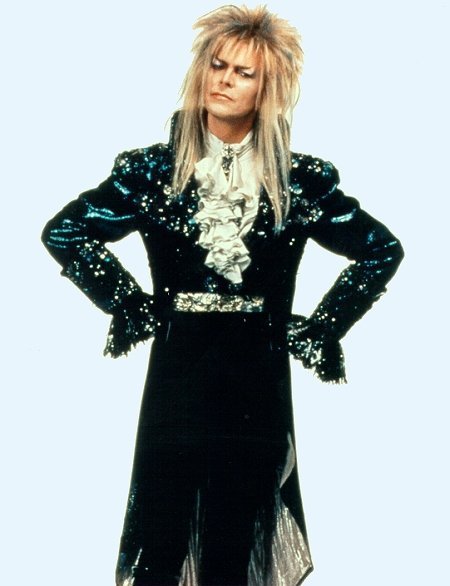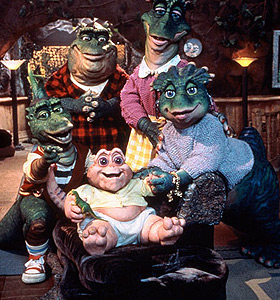
This is - in my experience - a unique book. It seamlessly combines non-fiction with fiction, without confusing the reader as to which is which. There are occasional chapters that are entirely about a real-life, completely true parasite that exists in the real world. (If you're the kind of person who can't even hear about blood without getting queasy, this is absolutely not the book for you.) It's like edutainment, except without terrible songs and cartoons.
See, Peeps are vampires... sort of. They were infected with a parasite that causes the symptoms attributed to vampires. For example, they are repulsed by everything they used to love (which typically includes the sunlight, lending to the vampire characteristic of not being able to go out during the day).
Our main character, Cal, is infected but not a full Peep (he's a carrier of the parasite, in other words... like a daywalker in typical vampire lore).
As far as the actual story goes, it is interesting and not particularly predictable, and I enjoy it quite a bit. But the chapters about parasites really appeal to my nerdy side, and I don't think I'd love this book as much as I do without them.
I have not read the sequel, The Last Days, but I have read the first chapter or so (it is published in the back of my copy of Peeps as a teaser to get you to buy it) and I wasn't terribly impressed.
I have read Peeps no less than four times (it might have been five, but I've lost count; so I'm going with four.) If you haven't noticed, we've been pretty heavy on the vampires this week, and with good cause: Peeps is a vampire book.
But not in the traditional sense. I've read a lot of vampire books in my time. I've done a lot of the Anne Rice series (Interview With a Vampire) and the Anita Blake series, Dracula, and even (wait for iiiiiitttt) Twilight. What they all have in common is that they follow a lot of the same lore. The vampires are afraid of stakes and sunlight and crosses. Even Stephanie Meyer put some age old tropes in her novel, despite trying to avoid them. Her vampires need blood and avoid humans and never age and (even if it's for very different reasons) avoid sunlight.
So what makes Peeps different? Well, Westerfeld takes all of those old myths and legends and applies science to all of them. He turns vampyrism and turns it into a parasite that needs meat because it's constantly consuming calories of its host, explains away an aversion to crosses and sunlight (people with the parasite reject everything they love so the parasite is preserved) and even explains why people who are parasite-positive (as they're referred to) have amped up abilities.
The other thing I think Westerfeld does really well is make Cal (our main character) relatable. He's nineteen which makes him old enough that he's gotten over the usual adolescent annoyances, but still hasn't quite come into his adulthood. At the same time, he's forced to be a grown-up in a lot of ways. That makes Cal really easy to relate to for all ages, grown-up or otherwise. The first time that I read this book, I was just around his age, which I think is part of the reason I liked it.
I could go on for days about my love for this book. It's funny, and witty and makes great NYC references and the more that I read it, the more I catch onto. Really, I just think you should pick it up and see for yourself. It's easily Westerfeld's best.
Unless you have an aversion to bugs. Then... well that would be my only caution to you. It's got a lot of bug references.
My Bottom Line 5 out of 5.
I have read Peeps no less than four times (it might have been five, but I've lost count; so I'm going with four.) If you haven't noticed, we've been pretty heavy on the vampires this week, and with good cause: Peeps is a vampire book.
But not in the traditional sense. I've read a lot of vampire books in my time. I've done a lot of the Anne Rice series (Interview With a Vampire) and the Anita Blake series, Dracula, and even (wait for iiiiiitttt) Twilight. What they all have in common is that they follow a lot of the same lore. The vampires are afraid of stakes and sunlight and crosses. Even Stephanie Meyer put some age old tropes in her novel, despite trying to avoid them. Her vampires need blood and avoid humans and never age and (even if it's for very different reasons) avoid sunlight.
So what makes Peeps different? Well, Westerfeld takes all of those old myths and legends and applies science to all of them. He turns vampyrism and turns it into a parasite that needs meat because it's constantly consuming calories of its host, explains away an aversion to crosses and sunlight (people with the parasite reject everything they love so the parasite is preserved) and even explains why people who are parasite-positive (as they're referred to) have amped up abilities.
The other thing I think Westerfeld does really well is make Cal (our main character) relatable. He's nineteen which makes him old enough that he's gotten over the usual adolescent annoyances, but still hasn't quite come into his adulthood. At the same time, he's forced to be a grown-up in a lot of ways. That makes Cal really easy to relate to for all ages, grown-up or otherwise. The first time that I read this book, I was just around his age, which I think is part of the reason I liked it.
I could go on for days about my love for this book. It's funny, and witty and makes great NYC references and the more that I read it, the more I catch onto. Really, I just think you should pick it up and see for yourself. It's easily Westerfeld's best.
Unless you have an aversion to bugs. Then... well that would be my only caution to you. It's got a lot of bug references.
My Bottom Line 5 out of 5.


























